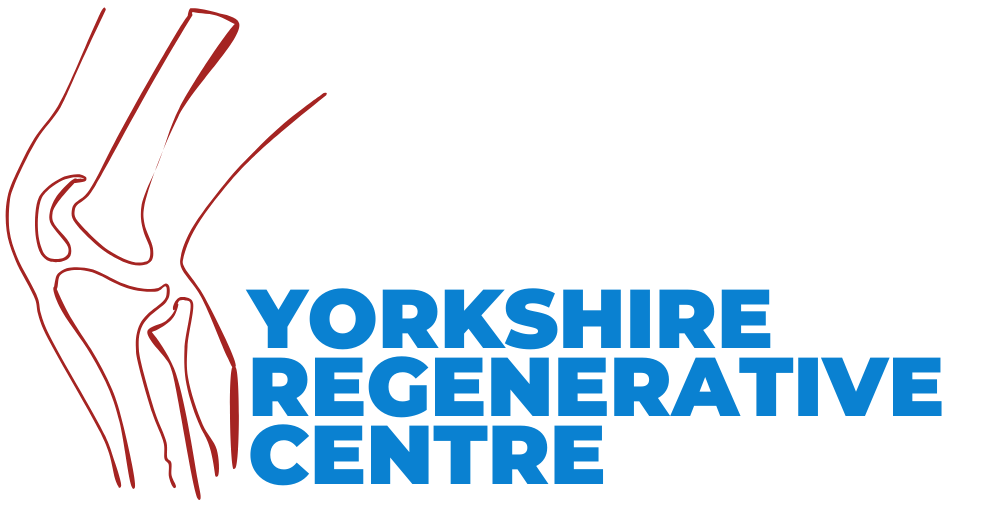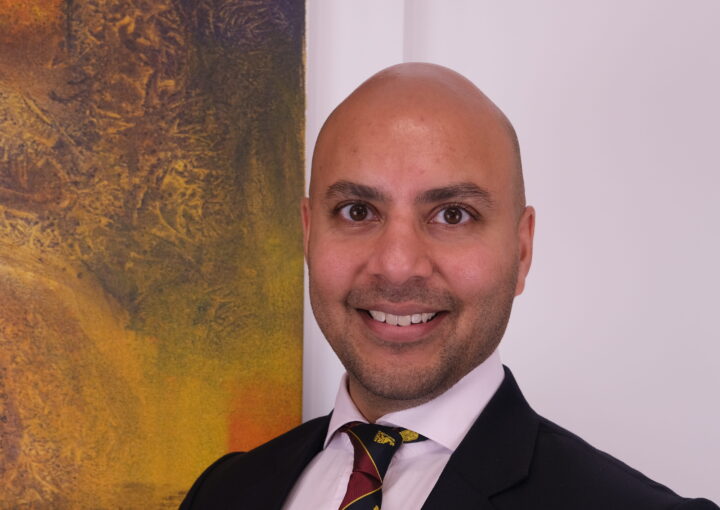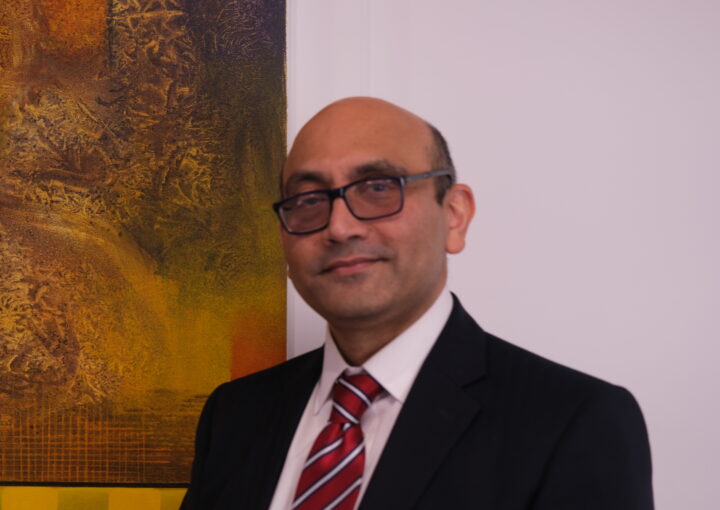Yorkshire
Regenerative Centre
Harness the healing power of your body to help heal itself
Our Services
Regenerative Medicine is the future of health care
If you'd like to know more please call us or email us info@yorkshireregenerativecentre.co.uk
Call Now
01423 206388
Our Medical Facility
Our facilities are designed around our focus: our patients.
Frequently Asked Questions
Stem cell treatment represents a groundbreaking approach in medical science aimed at harnessing the extraordinary potential of stem cells to regenerate, repair, or replace damaged tissues within the body. Stem cells are unique, possessing the remarkable ability to transform into various specialised cell types, such as muscle, bone, cartilage, and nerve cells. This adaptability makes them invaluable in addressing a wide array of medical conditions and injuries.
The treatment involves the extraction of these potent cells, either from a patient’s own body (autologous) or from other sources like donated umbilical cord tissue or embryonic tissue (allogeneic). Once harvested, these cells are then carefully processed and administered to the targeted area in need of repair. This process can aid in stimulating the body’s natural healing mechanisms, promoting tissue regeneration, and potentially alleviating symptoms or reversing the progression of certain diseases.
Stem cell therapy holds promise across various medical fields, including orthopaedics for joint injuries or degenerative conditions like arthritis, neurology for neurological disorders, cardiology for heart conditions, and more.
Stem cell treatment offers promising relief for painful joints by leveraging the remarkable regenerative capabilities of stem cells. These potent cells, when administered to affected areas, prompt the body’s natural healing mechanisms, potentially repairing damaged tissues and reducing inflammation. This therapy aims to alleviate pain, enhance joint function, and slow down degenerative processes, particularly beneficial for conditions like osteoarthritis or joint injuries. By fostering tissue regeneration, stem cell treatment presents a cutting-edge avenue for managing joint pain, aiming not only to address discomfort but also to improve overall joint health and mobility.
A suitable candidate for stem cell treatment for joints & soft tissue is someone who suffers from a painful cartilage injury from overuse, trauma, or debilitating conditions, including degenerative arthritis, rheumatoid arthritis or osteoarthritis. Stem Cell Treatment can also be beneficial for patients suffering from tendonitis and ligament injuries.
In addition, an excellent candidate for Stem Cell Treatment also has slow-healing or non-union fractures.
Much of the early work in this field has been devoted to chronic injuries. We are also seeing dramatic improvement in recovery times for acute and sub-acute injuries.
These can include new-onset partial tear of ligaments (ie. ACL, MCL, PCL), tendons (ie. Supraspinatous, Achilles, Biceps, Quadriceps), bones (ie. Non-Displaced Tibial Plateau, Humeral Head, Ankle, Wrist), and cartilage (ie. Radial Meniscal tears and other meniscus injuries of the knee, traumatised joint surfaces).
We have seen active patients return to activity much more rapidly with greatly decreased pain and improved mobility following early intervention for acute and sub-acute injuries.
Joints and soft tissue injuries and conditions treated with fat stem cell therapy:
- Knees
- Shoulders
- Wrists
- Ankles
- Hands and Feet
- Hips
- Elbows
- Achilles Tendonitis
- Tennis and Golfers’ Elbow
- Bicep Tendonitis
At Kliniken, we will conduct a careful history and physical examination as well as a thorough review of appropriate imaging (x-ray and/or MRI) to determine whether your condition is suitable for fat stem cell therapy for joint pains. Individual patient results may vary.
Contact us today to find out if stem cell therapy may be able to help you.
While both stem cell treatment and PRP therapy offer promising options for addressing joint problems, they differ in several key aspects:
1. Source of Cells: Stem cell therapy involves the use of stem cells harvested from the patient’s own body, while PRP therapy utilizes platelets derived from the patient’s blood.
2. Regenerative Potential: Stem cell therapy has greater regenerative potential, as stem cells can differentiate into various types of cells to promote tissue repair and regeneration. PRP therapy primarily works by harnessing the growth factors present in platelets to stimulate healing.
3. Scope of Conditions: Stem cell therapy is often considered for more severe joint problems, such as advanced osteoarthritis or significant cartilage damage, due to its regenerative capabilities. PRP therapy may be suitable for milder joint issues and is commonly used for conditions like tendonitis and ligament injuries.
4. Treatment Approach: Stem cell therapy typically requires a more involved procedure for harvesting and processing stem cells, while PRP therapy is relatively simpler and quicker, involving the extraction and concentration of platelets from the patient’s blood.
Meet our Specialists
Our Surgeons are specialists in their field
Consultant Plastic Surgeon (Chief Surgeon)
MBChB, BSc, MRCS Eng, MD, PhD, FRCS(Plast)
What Our Patients Say
Discover their Inspiring Journey and listen to their Successful stories
Procedure Pricing
Harness the healing power of your body to help heal itself
Stem Cell Treatment for Joint Pain
£9,900 -10,500
/ Joint
- In Person Consultation with your Consultant Surgeons
- Complete package to include post op care
- Evidence based practice
PRP Injections for Joint Pain
£800
/ Joint
- Pre & post treatment reviews
- Option for multiple treatements
- Evidence based practice
PRP Injections for Hairloss
£500
/ Treatment episode
- Pre & post treatment reviews
- Option for multiple treatments
- Evidence based practice
The Pines, Oakwood Park Business Centre,
Fountains Road, Harrogate HG3 3BF
Landline: 01423 206388
Mobile: 07765665984
info@yorkshireregenerativecentre.co.uk






